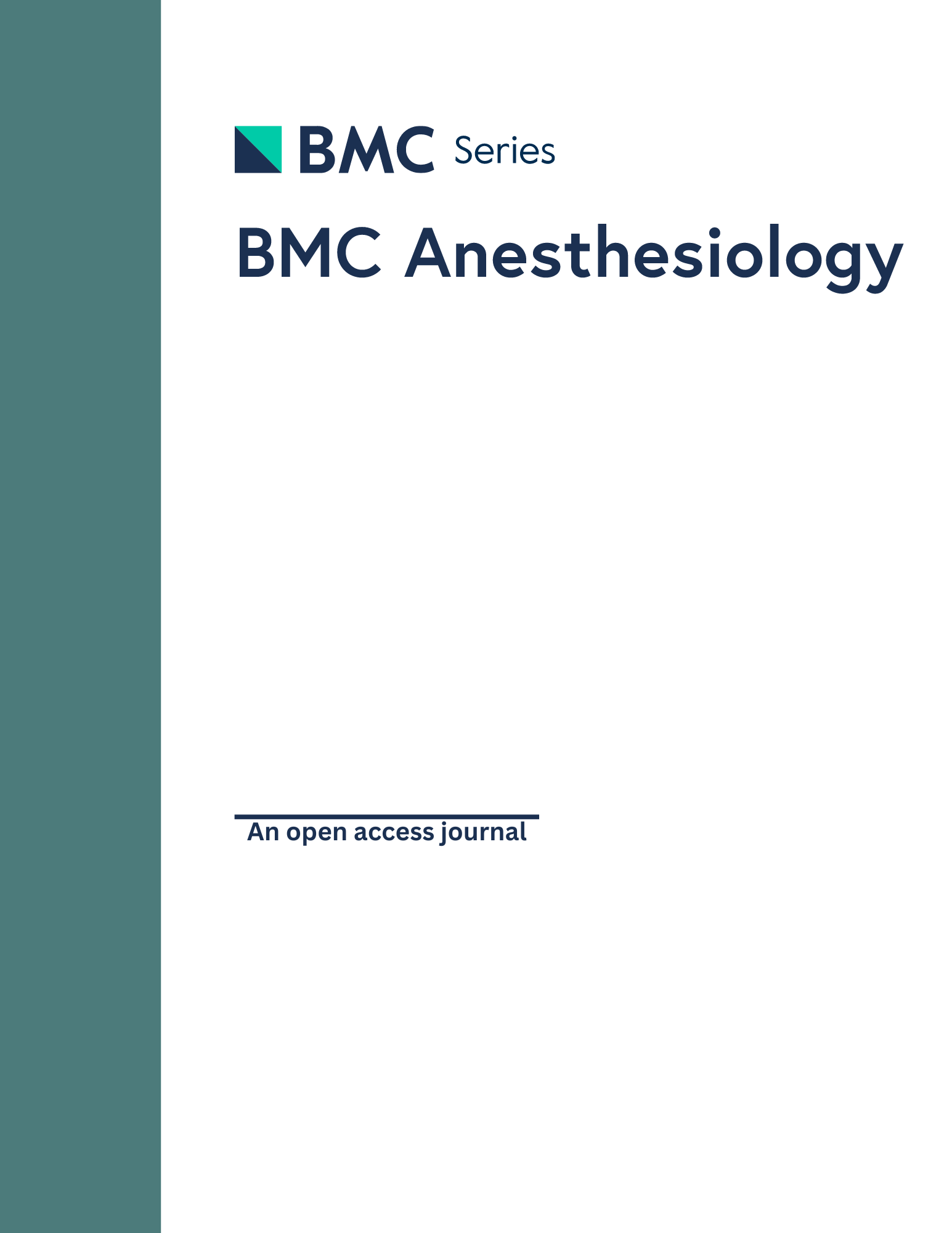
Liberal vs restrictive allogeneic red blood cell transfusion strategy after hip revision

Liberal vs restrictive allogeneic red blood cell transfusion strategy after hip revision
Perioperative transfusion threshold and ambulation after hip revision surgery - a randomized trial
BMC Anesthesiol. 2014 Oct 10;14:89.Did you know you're eligible to earn 0.5 CME credits for reading this report? Click Here
Synopsis
66 adult patients scheduled to undergo elective hip revision surgery were randomly allocated to receive a liberal or restrictive allogeneic red blood cell transfusion strategy. The primary purpose of this trial was to compare the time required to complete the Timed Up and Go-test (TUG) between transfusion groups. Patients assigned to a liberal haemoglobin transfusion threshold of 8.9 g/dL took less time to complete the TUG than patients assigned to a restrictive transfusion threshold of 7.3 g/dL, but the clinical relevance is highly questionable. There were no differences regarding how soon after surgery patients could perform the TUG or walk 10 meters. Patients assigned to the liberal protocol experienced significantly more complications than patients assigned to the restrictive protocol.
Was the allocation sequence adequately generated?
Was allocation adequately concealed?
Blinding Treatment Providers: Was knowledge of the allocated interventions adequately prevented?
Blinding Outcome Assessors: Was knowledge of the allocated interventions adequately prevented?
Blinding Patients: Was knowledge of the allocated interventions adequately prevented?
Was loss to follow-up (missing outcome data) infrequent?
Are reports of the study free of suggestion of selective outcome reporting?
Were outcomes objective, patient-important and assessed in a manner to limit bias (ie. duplicate assessors, Independent assessors)?
Was the sample size sufficiently large to assure a balance of prognosis and sufficiently large number of outcome events?
Was investigator expertise/experience with both treatment and control techniques likely the same (ie.were criteria for surgeon participation/expertise provided)?
Yes = 1
Uncertain = 0.5
Not Relevant = 0
No = 0
The Reporting Criteria Assessment evaluates the transparency with which authors report the methodological and trial characteristics of the trial within the publication. The assessment is divided into five categories which are presented below.
4/4
Randomization
4/4
Outcome Measurements
4/4
Inclusion / Exclusion
4/4
Therapy Description
4/4
Statistics
Detsky AS, Naylor CD, O'Rourke K, McGeer AJ, L'Abbé KA. J Clin Epidemiol. 1992;45:255-65
The Fragility Index is a tool that aids in the interpretation of significant findings, providing a measure of strength for a result. The Fragility Index represents the number of consecutive events that need to be added to a dichotomous outcome to make the finding no longer significant. A small number represents a weaker finding and a large number represents a stronger finding.
Why was this study needed now?
Hip revision surgery may be associated with a great deal of blood loss that necessitates transfusion of allogeneic red blood cells (RBC). Unfortunately, an appropriate haemoglobin concentration (Hb) threshold for transfusion is unknown. It has been hypothesized that a higher transfusion threshold has the potential to improve ambulation after surgery, but liberal administration can also cause unwanted side effects. This study aimed to investigate the influence of two different transfusion strategies in patients undergoing hip revision surgery.
What was the principal research question?
Do liberal haemoglobin transfusion thresholds improve ambulation compared to restrictive thresholds within 30 days after hip revision surgery?
What were the important findings?
- 16 patients in the liberal group received RBC transfusion (3 not according to protocol) and 11 in the restrictive group received RBC transfusion (6 not according to protocol).
- 53 patients were able to perform the Timed Up and Go-test (TUG), and Hb at the day of testing was 9.9 g/dL and 10.2 g/dL in the liberal and restrictive groups, respectively. The median time to complete the TUG was shorter in the liberal group (30 seconds; 5-95% range: 23-87) compared to the restrictive group (36 seconds; 5-95% range: 16-57) (p=0.02).
- The TUG was performed after median 2.5 days in the liberal group and 2.0 days in the restrictive group after surgery (p=0.81) and both groups were able to walk 10 meters at a median of 2 days after surgery (p=0.81).
- The liberal group experienced significantly more complications (54) compared to the restrictive group (32) (p=0.01), such as gastrointestinal complications, fever, dizziness, pneumonia, hypotension and others.
- Median perioperative blood loss did not differ significantly between the liberal and restrictive group (900 mL vs 575 mL; p=0.10).
What should I remember most?
Patients assigned to a liberal haemoglobin (Hb) transfusion threshold of 8.9 g/dL after hip revision surgery took less time to complete the Timed Up and Go-test (TUG) than patients assigned to a restrictive transfusion threshold of 7.3 g/dL, yet there was no difference between groups regarding how soon after surgery patients could perform the TUG or walk 10 meters. Patients assigned to the liberal protocol experienced significantly more complications than patients assigned to the restrictive protocol.
How will this affect the care of my patients?
The liberal transfusion threshold achieved a statistically significant faster TUG after hip revision surgery compared to the restrictive threshold. However, the transfusion threshold was never researched in a considerable number of patients, limiting the potential difference between groups. Moreover, median Hb levels were similar on the day of TUG testing, suggesting the small difference in TUG is not likely related to difference in Hb and clinical relevance is highly questionable.
Learn about our AI Driven
High Impact Search Feature
Our AI driven High Impact metric calculates the impact an article will have by considering both the publishing journal and the content of the article itself. Built using the latest advances in natural language processing, OE High Impact predicts an article’s future number of citations better than impact factor alone.
Continue



 LOGIN
LOGIN

Join the Conversation
Please Login or Join to leave comments.